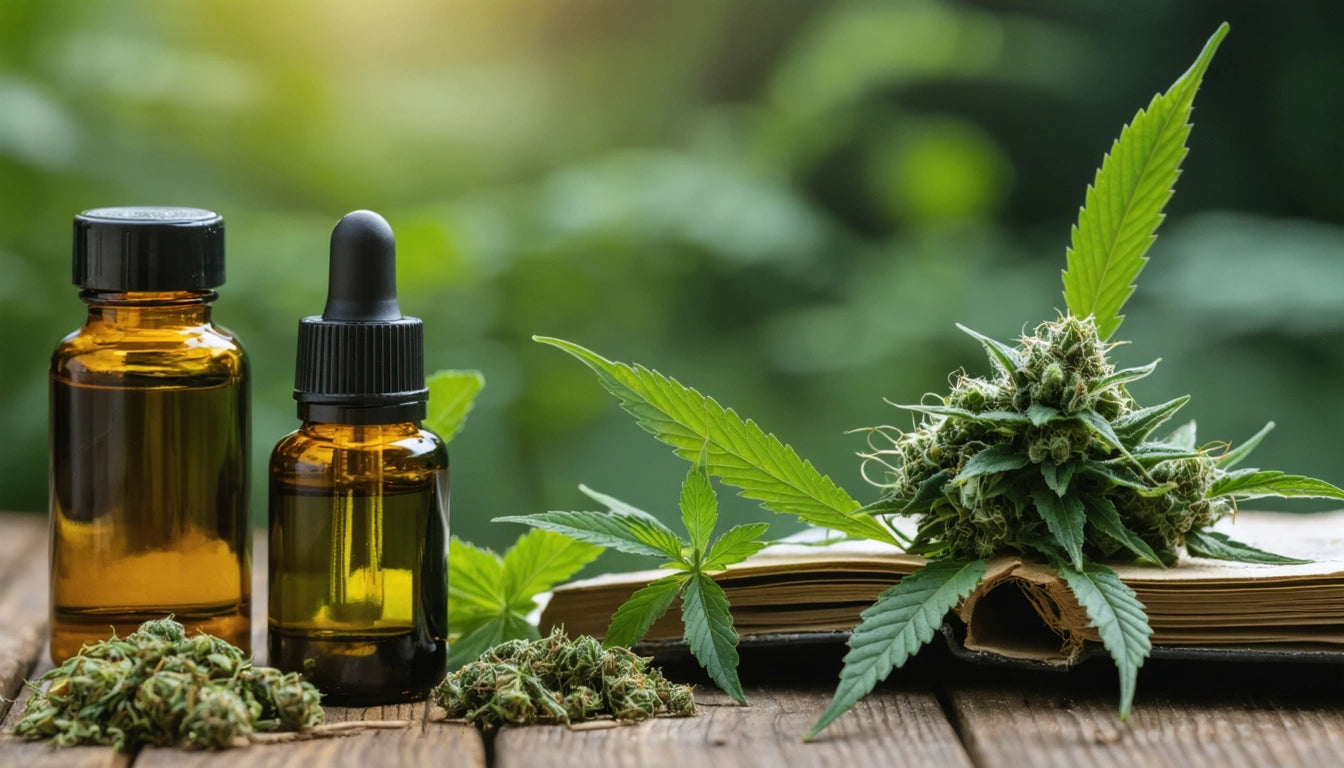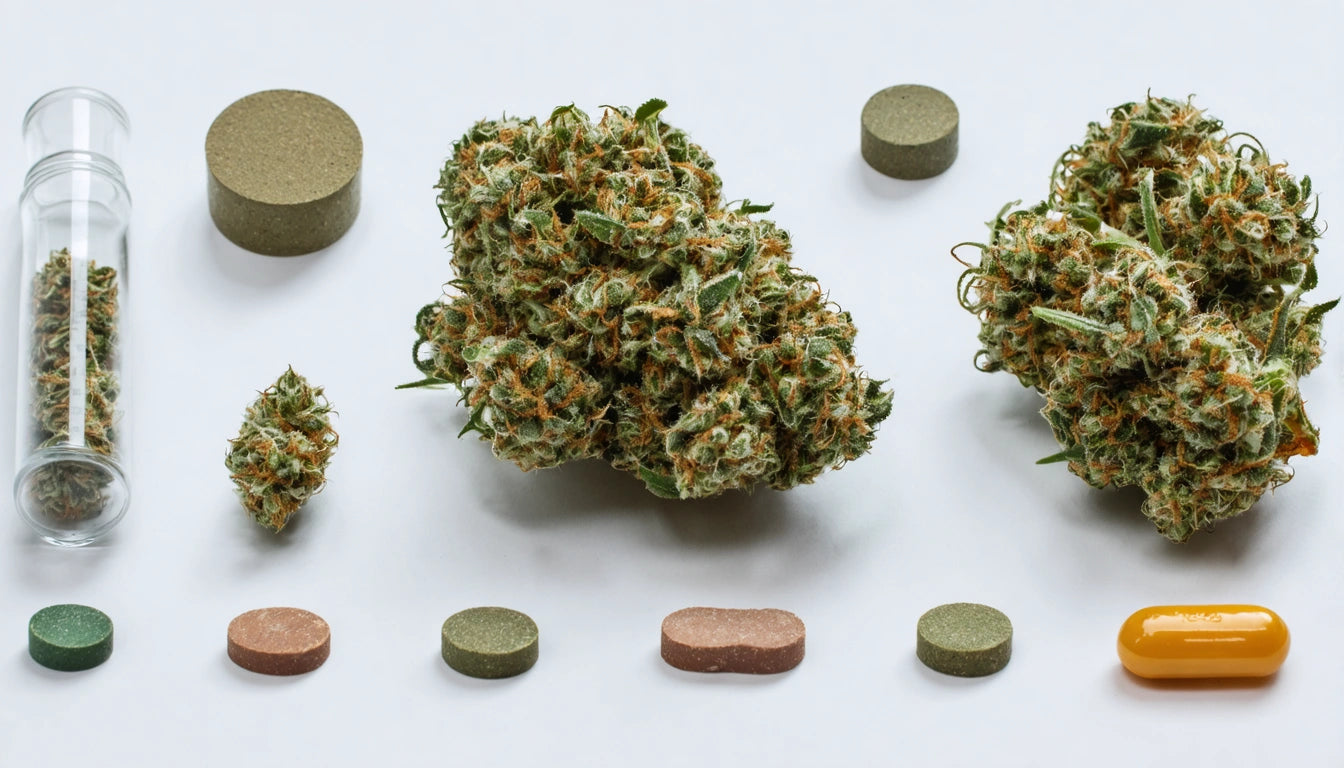Table of Contents
- What Are Cannabis Tinctures: The Basics
- How Cannabis Tinctures Work in the Body
- Benefits of Using Cannabis Tinctures
- Consumption Methods and Proper Dosing
- Types of Cannabis Tinctures Available
- Making Cannabis Tinctures at Home
- Safety Considerations and Proper Storage
- The Future of Cannabis Tinctures in Modern Medicine
Understanding Cannabis Tinctures: What They Are and How They're Used
Cannabis tinctures represent one of the oldest forms of cannabis medicine, dating back centuries before prohibition. These liquid extracts offer a smoke-free alternative that's gaining popularity among both recreational users and medical patients. If you've been wondering what cannabis tinctures are and how they might fit into your wellness routine, this comprehensive guide will answer your questions.
What Are Cannabis Tinctures: The Basics
Cannabis tinctures are concentrated liquid extracts made by soaking cannabis flower in alcohol, glycerin, or oil. The solvent pulls out the plant's beneficial compounds, including cannabinoids like THC and CBD, as well as terpenes. The result is a potent liquid that can be administered in precise, measured doses.
Unlike smoking or vaping, tinctures don't involve combustion or inhalation. Instead, they're typically administered under the tongue (sublingually) or added to food and beverages. This makes tinctures an excellent option for those who want to avoid respiratory irritation or who need discreet consumption methods.
How Cannabis Tinctures Work in the Body
When used sublingually, cannabis tinctures are absorbed directly into the bloodstream through the mucous membranes under the tongue. This route bypasses the digestive system and liver metabolism (known as the "first-pass effect"), allowing for faster onset of effects compared to edibles—typically within 15-45 minutes rather than 1-2 hours.
If swallowed directly or added to food, tinctures work more like traditional edibles, with effects taking longer to manifest but potentially lasting longer. The bioavailability—how much of the active compounds actually reach your bloodstream—differs between these methods, with sublingual application generally offering higher bioavailability than oral consumption.
Benefits of Using Cannabis Tinctures
Tinctures offer several advantages over other consumption methods:
- Precise dosing: The dropper allows for exact measurement, making it easier to find your ideal dose.
- Discretion: Tinctures can be used without drawing attention, producing no smoke or distinctive odor.
- Long shelf life: Properly stored tinctures can last for years without losing potency.
- Versatility: They can be used sublingually, added to food and drinks, or applied topically.
- Rapid onset: When used sublingually, effects can begin within minutes.
- No respiratory risks: Unlike smoking, tinctures don't expose the lungs to potential irritants.
According to this comparison of tinctures and edibles, tinctures provide more control over the experience, making them suitable for both beginners and experienced users.
Consumption Methods and Proper Dosing
There are several ways to use cannabis tinctures:
Sublingual Administration
The most efficient method is placing drops under your tongue and holding for 30-60 seconds before swallowing. This allows for absorption through the sublingual tissue directly into the bloodstream.
Adding to Food or Beverages
Tinctures can be added to food or drinks, though this method works more like traditional edibles with a slower onset time.
Dosing Guidelines
For beginners, the common advice is "start low and go slow." Begin with a low dose (1-2.5mg THC) and wait at least two hours before considering additional doses. You can find more detailed guidance in this resource on proper tincture usage.
When it comes to safety, especially in households with children, it's crucial to store tinctures properly. We offer child-resistant packaging options that help prevent accidental ingestion while maintaining the integrity of your products.
Types of Cannabis Tinctures Available
Cannabis tinctures come in several varieties:
Based on Cannabinoid Content
- THC tinctures: Contain primarily THC, producing psychoactive effects.
- CBD tinctures: Non-intoxicating, focused on therapeutic benefits without the high.
- Balanced tinctures: Contain both THC and CBD in various ratios.
- Full-spectrum tinctures: Include the complete range of cannabinoids and terpenes from the plant.
Based on Solvent
- Alcohol-based: Traditional and highly effective for extraction.
- Oil-based: Often use MCT, olive, or hemp oil as the carrier.
- Glycerin-based: Less potent but preferred by those avoiding alcohol.
As explained in this article on tinctures versus oils, the solvent used affects not only the extraction efficiency but also the taste, shelf stability, and method of use.
Making Cannabis Tinctures at Home
While commercial tinctures offer consistency and convenience, many enthusiasts enjoy making their own. The basic process involves:
- Decarboxylating cannabis flower to activate cannabinoids
- Combining the decarbed cannabis with high-proof alcohol
- Allowing the mixture to soak for several weeks, shaking occasionally
- Straining the plant material to produce the final tincture
For a detailed walkthrough, this complete guide to making cannabis tinctures provides step-by-step instructions and tips for achieving optimal potency.
Safety Considerations and Proper Storage
To maintain potency and ensure safety:
- Store tinctures in dark glass bottles away from light, heat, and air
- Keep in a cool, dry place (refrigeration is optional but can extend shelf life)
- Always use child-resistant packaging, especially in households with children
- Label clearly with content information and date of production
- For commercial products, ensure compliance with local regulations regarding packaging and labeling
When properly stored, alcohol-based tinctures can remain potent for years, while oil-based varieties typically last 1-2 years before degradation begins.
The Future of Cannabis Tinctures in Modern Medicine
As cannabis continues to gain acceptance in mainstream medicine, tinctures are positioned to play a significant role in therapeutic applications. Their precise dosing makes them ideal for medical protocols, while their versatility appeals to practitioners looking for alternatives to smoking or traditional pharmaceuticals.
Research into cannabinoid therapies is expanding rapidly, with tinctures providing an excellent delivery method for studying specific dosages and effects. As formulations become more sophisticated, we can expect to see tinctures developed for targeted conditions with optimized cannabinoid and terpene profiles.
For those interested in the therapeutic potential of cannabis tinctures, this article explores potential applications including symptom management for various conditions.
Whether you're new to cannabis or an experienced user looking for a more precise method of consumption, tinctures offer a versatile, effective option worth exploring. Their combination of historical use and modern application makes them a fascinating bridge between traditional plant medicine and contemporary wellness practices.











Leave a comment
All comments are moderated before being published.
This site is protected by hCaptcha and the hCaptcha Privacy Policy and Terms of Service apply.